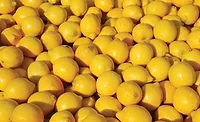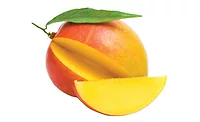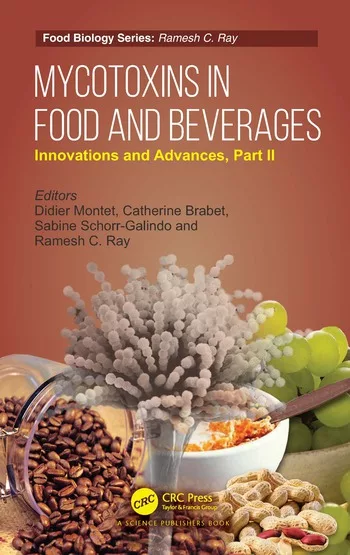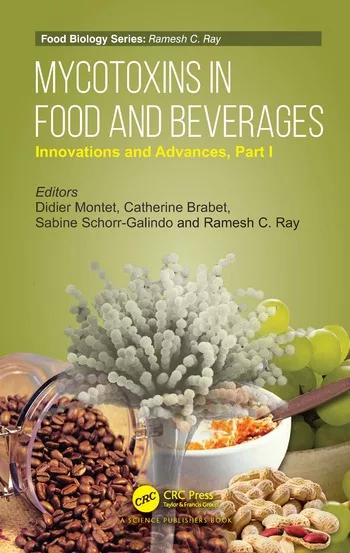Exotic fruits tap into health and wellness trends
Beverages key delivery vehicle to explore exotic flavors
Whether it be for weight management, immune health or a number of other motivators, consumers understand the role health and wellness plays in their lives. In New York-based Nielsen’s “Health & Wellness in America,” August 2014 report, the market research firm notes that consumers are seeking information to support a healthy lifestyle and cites a Harris Poll in which three-quarters of Americans report acting on that awareness, including finding the value of fresh food, fiber and whole grains.
The report also cites a longitudinal study by Harleysville, Pa.-based Natural Marketing Institute in which one-third of Americans think that functional foods and beverages can be used to substitute some medicines in an overall health plan.
As consumers look to take control of their health and wellness, certain ingredient segments can benefit, including the exotic fruits market.
“There are several differing trends impacting the use of exotic fruits in the beverage industry, but it is the growing consumer interest in health and wellness that is having the biggest impact,” says Rikka Cornelia, product manager for Long Beach, Calif.-based BI Nutraceuticals. “Fruits, and even more so exotic fruits, have always been looked upon as healthy, nutrient-packed foods.”
Erin Gipe, product development manager for Northwest Naturals, Bothell, Wash., adds that exotic fruits’ associations with energy, weight loss and improved circulation are some of the different health benefits that have helped this ingredient segment appeal to the broader health and wellness trends.
However, health and wellness is not the only trend that is influencing interest in exotic fruits. “You can’t ignore millennials and their foodie lifestyle,” Gipe says. “This generation not only likes to know where its food comes from and how it’s produced, but they’re also on the lookout for new food experiences. Trying new foods and flavors is part of their social fabric and trying exotic fruit plays right into that.”
BI Nutraceuticals’ Cornelia notes that, in addition to consumer curiosity, the rising ethnic population has brought influences from around the globe, and beverages have become a popular vehicle to explore these influences. “Exotic fruits in particular are popular in beverages because individuals are more willing to try unfamiliar ingredients in a beverage format,” Cornelia says. “Plus, it is difficult to find whole exotic fruits. A trip to a multicultural grocery store is usually required; beverages easily deliver those fruits to the consumers.”
A plethora of options
As beverage-makers look to incorporate exotic fruits into their formulations, they are not at a loss of options from which to choose.
Dahlia Reinkopf, senior director of marketing at Pom Wonderful LLC, a subsidiary of Los Angeles-based Roll Global LLC, notes the popularity of pomegranate among the superfruit options for beverage formulations both in the United States and around the world. “According to Innova, a global provider of market research, pomegranate is the most popular superfruit flavor as it was contained in more than 40 percent of beverage launches from June 2008 to May 2013 that featured superfruit flavors,” she says. “Acai, with 12.5 percent, was second.”
BI Nutraceuticals’ Cornelia adds that fruit and fruit juices such as coconut water and pineapple juice have become more mainstream but still appeal to consumers’ interests in exotic fruit varietals. However, acai, guava, kiwi, mango and passion fruit also are garnering attention, she notes.
“All these fruits add an exotic appeal to beverages, but consumers are still familiar with them especially as they are incorporated into more foods and beverages,” Cornelia says. “For those with an ethnic background, these ingredients would especially be familiar to them since they are the traditional fruits in many foreign countries. In addition, the fact that most of these fruits have a nice flavor profile helps. Acai may be a bit of an outlier in this department, but I believe consumers are more willing to give up some taste for health or functionality.”
Although these fruits have become more popular with consumers, Cornelia adds that acerola, baobab, camu camu, dragon fruit, prickly pear and tamarind are emerging as tropical options for beverage formulations. “In addition to their health benefits (i.e. immune health booster) and nutritional value (i.e. vitamin C), these ingredients can make an outdated beverage automatically different and exciting,” she explains. “A successful tactic is utilizing a common flavor profile with an added unique ingredient to entice the consumer without completely removing their familiarity with the product.”
Northwest Naturals’ Gipe adds that sea buckthorn has seen an increase in requests. “Our company has been seeing a lot of play with sea buckthorn,” she says. “Sea buckthorn is high in antioxidants, vitamins, flavonoids and fatty acids.”
As beverage-makers look to explore these ingredients, they remain challenged to formulate a product that allows consumers to try new things but not be intimidated by them. “Exotic fruits tend to be a secondary flavor in a blend. This is for several reasons but most importantly taste,” Gipe says. “While consumers like to try new flavors, they like the familiarity of known flavors. So, for instance, you’ll often see blends of other berries with acai.”
Pom Wonderful exemplified this in its packaged beverage division when it released its Antioxidant Super Teas last year. The new products amalgamate pomegranate with familiar flavors. For example, the development of Pomegranate Lemonade Tea, Pomegranate Sweet Tea, Pomegranate Honey Green Tea and Pomegranate Peach Passion White Tea took into consideration consumer research and popular flavor trends, Reinkopf says.
Looking for a reprint of this article?
From high-res PDFs to custom plaques, order your copy today!








